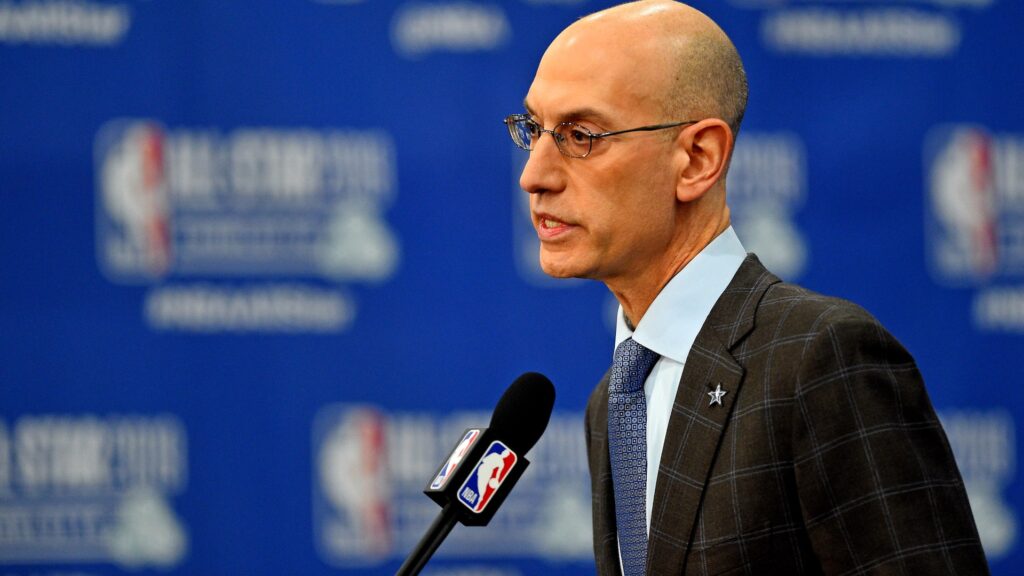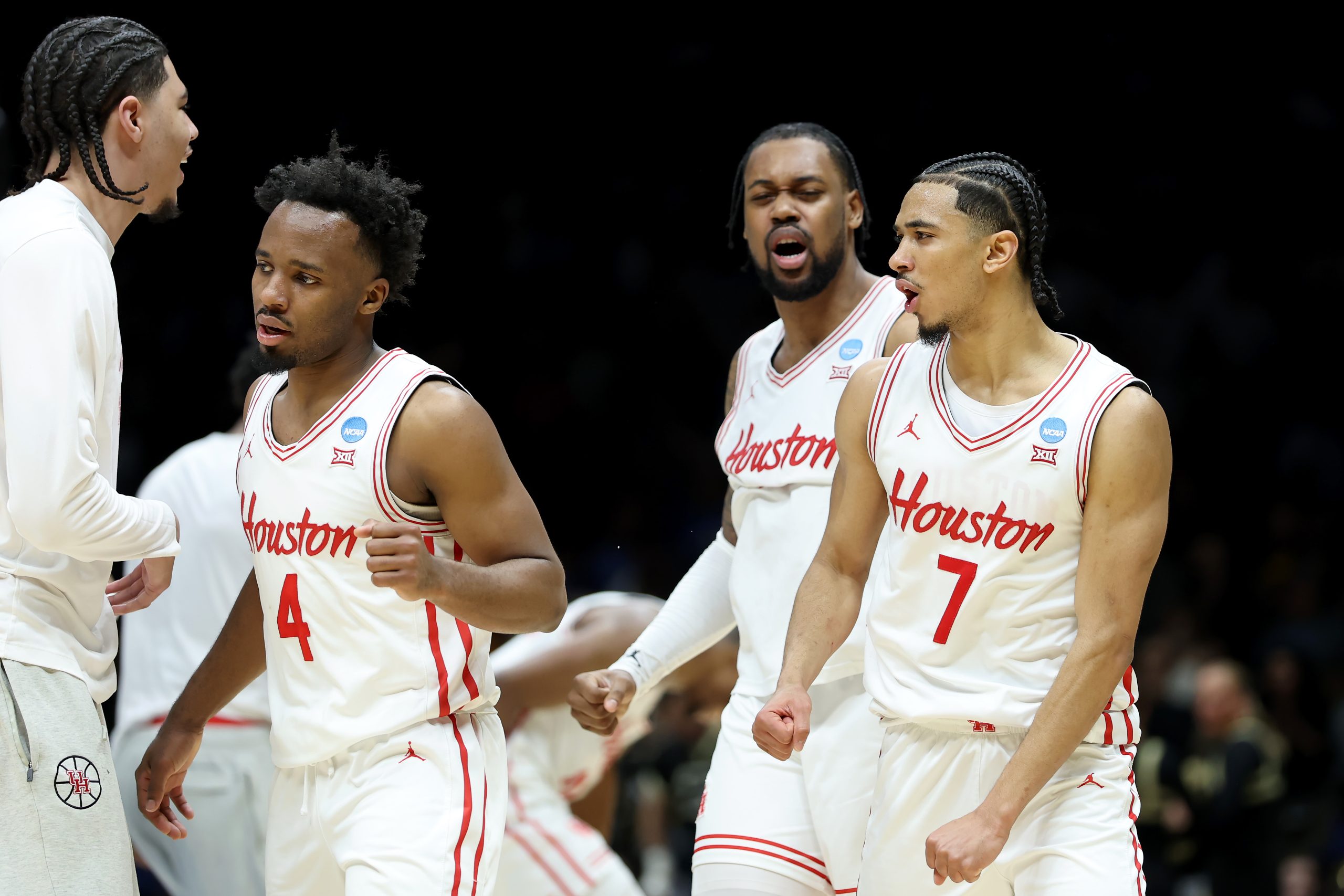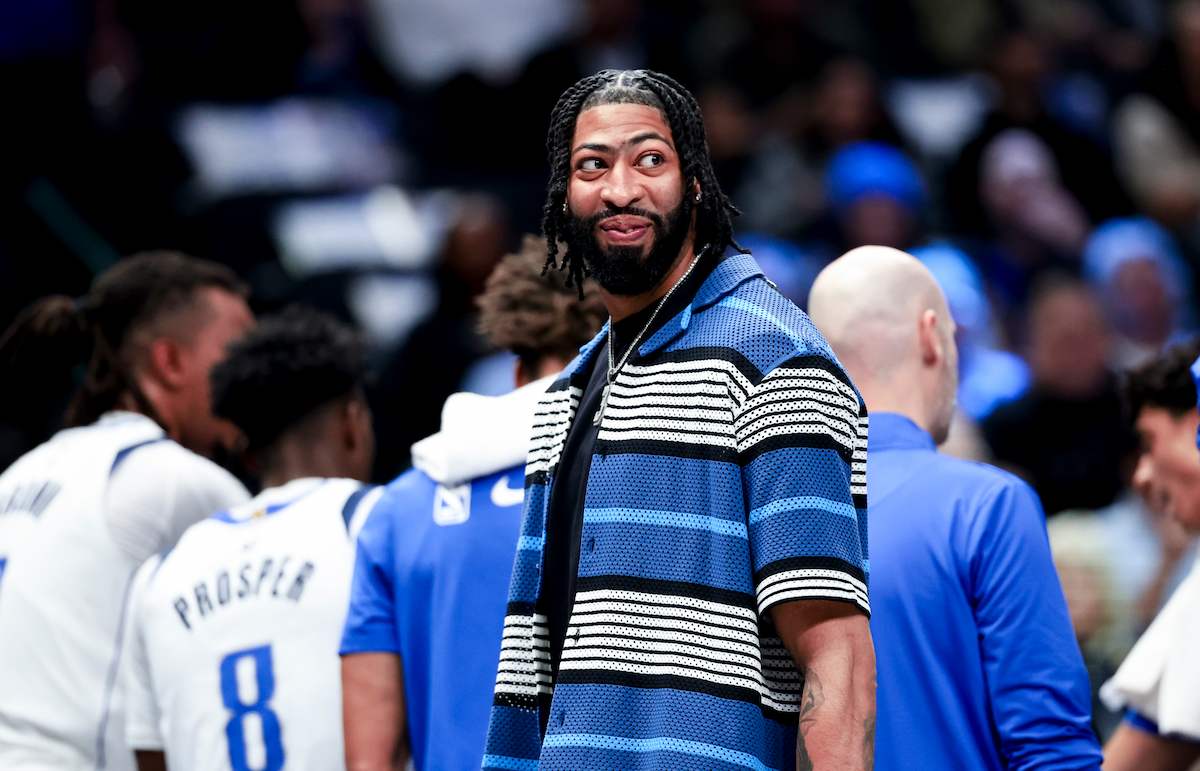NBA Playoff Structure by Eric Ritter (linkedin)
It is May 10th, 2012; Game 6 of the first round playoff match up between the top seeded Chicago Bulls and eighth seeded Philadelphia 76ers is tonight at the Wells Fargo Center. With Derrick Rose out since Game 1 with a torn ACL, Andre Iguodala is at the free throw line with only seconds remaining in the game. He makes both shots, a halfcourt prayer for Chicago goes unanswered and the buzzer sounds. 20,362 fans in Philly get to witness their squad upset the top seed in the Eastern Conference…
No one in the NBA has seen that since.
The following season in 2013, Miami and Oklahoma City both won their first round series’. It was the first time since 2010 both top seeds advanced (Memphis upset San Antonio in 2011). The New York Knicks and Spurs, both second seeds, also won their series’ in 2013, making it first time since 2009 that the top two seeds in each conference advanced to the second round of the postseason. The seventh seeded Spurs defeated second seed state rival Dallas in 2010.
That three year stretch of top two seed upsets has subsided, however. Every postseason from the aforementioned 2013 season up through the 2021 campaign last year has had the top two seeds in both the East and West advance to round two.
It has been with relative resistance for the top seeds as well; in the 36 first round playoff series across those nine years, only six have gone a full seven games. In comparison, 11 one versus eight or two versus seven brackets have been sweeps.
In the same postseason time frame (2013-2021), 14 one or two seeds have been bounced from the first round in the NHL playoffs, including all four top two seeded teams in each conference in the 2019 postseason.
The NBA has become a top heavy league. Argue the reasons you want; Super Teams, Adam Silver, Twitter, free agency, more player power and pull, tanking, etc. Over the years, the gap at the top of the standings to the bottom has widened. The premiere teams stand out, the great teams are noticeable and offer a legitimate threat, the ok teams fill the last couple of playoff spots in dramatic fashion the final week of the season and the terrible teams fight for double digit win totals and field squads that, at times, Duke wouldn’t consider starting at the college level.
Despite the lack of success that lower seeded teams have had in the NBA postseason the last decade, the NBA approved a playoff expansion prior to last season that added the 9th and 10th seeded teams into the fray via a play-in matrix. The additional teams and postseason style games was driven due to a reduced season, and probably lost revenue, due to the Covid-19 pandemic that has basically affected everything for two years now. The NBA after all is a business, so you cannot argue with the logic, but the playoffs are supposed to be a best of the best showdown and not a battle between two sub .500 teams fighting for the right to see who can lose faster to a top two seeded team.
At the time of writing on 12/27, the combined record of the eight teams who would be in the play-in tournament was 125-137 (.477 winning percentage). That record includes six teams below .500, one at .500 and one team one game above. The combined record of the four teams that make up the top two seeds that those eight are jostling to potentially face come April?
95-31
That’s a .754 winning percentage, nearly .300 points better than what they’re awaiting at the top of the bracket.
Quantity over quality only works if the talent is available to all of those we want to let into the playoffs. This isn’t just an NBA problem; other leagues that have over a dozen postseason teams struggle to get top to bottom quality into the postseason. The NFL expanded from 12 to 14 teams last season and they had a .500 club make the playoffs and a sub .500 team win a division. This season they have a slew of teams within a game of mediocrity fighting for playoff spots waiting to get clobbered by the top seeds on wild card weekend. The NHL fakes you into thinking every team is above average by giving out a loser point in the standings just because a team lost a couple minutes later in overtime. And the MLB doesn’t count because they let almost no one into the postseason after playing a 418 game regular season that still requires tie break games prior to the bogus wild card one off game because, somehow, playing a million innings of baseball from April to October doesn’t yield enough ways to come up with a tiebreak.
There is no reason to watch the first two weeks of the NBA playoffs because you can nearly guarantee the chalk will advance. The 3/6 and 4/5 match ups have more competitive stats over the years than the 1/8 and 2/7 series’ do. The top teams have the top talent, it is who fans are tuning in to see, but there’s no reason to watch because it won’t be remotely competitive. The current 1/8 match ups are Brooklyn versus Charlotte and Golden State versus Dallas. Meanwhile the 3/6 bracket would be Milwaukee against Philadelphia and Utah versus Denver. What games would you rather watch?
One recent news item of note was that the proposed in-season tournament that was pitched for the NBA was starting to gain more traction than it had in the past. Adam Silver and the NBA have been arguably more forward thinking than any of the other major sports leagues over the years. With there barely being 16 teams, nonetheless 20 teams, good enough to make the NBA postseason, now is the time to be progressive again.

The NBA should be forward thinking and aggressive and change the postseason by REDUCING playoff teams, not adding. The NBA only needs six teams from each conference to make the postseason, not 10. The NFL successfully ran a six team per conference postseason for years and the NBA can too. Here’s how you make it work and create the most interesting postseason in American sports.
The top six teams in each conference make the postseason. By reducing the playoff teams, you force the teams in the league to become more competitive by default. It’s not as easy for those mid level teams to make the playoffs. The lack of postseason revenue and frustration from the fan bases will have teams become more aggressive in building winners and not fielding rosters with tanking specialists. When teams do poorly, ticket sales go down and franchises will at times have to lower season ticket costs to bring fans back into the building. You can’t fake fans into thinking that you’re a playoff team by having sales reps use “playoff push” as a selling point for a 9th seeded team that is going to pantomime its way into thinking it is a contender by beating a lowly 10th seed, then getting scrubbed by an 8th seed that winds up in the same place on the bracket it would have been without a waste of time play-in. Your franchise was either in or out of the playoffs, no grey area. By taking playoff spots away you force front offices to have to build winners and not get content skimming by as a seven seed for half a decade.
For the teams that get in, steal what has worked from other leagues. Take the composition of the what the six team NFL bracket looked like: The top two teams in each conference are automatically into round two and the more balanced 3/6 and 4/5 seeding match ups remain. Those four teams in each conference play their best of seven as they typically would for the right to advance to the second round.
You don’t want the top two teams from the East or West to get rusty, so steal from the NHL. During the Covid-19 adjusted 2020 postseason the NHL sent 24 teams, 12 from each conference, to compete. The top four seeds from each side when the regular season was halted were guaranteed spots in the traditional 16 team bracket. The remaining teams were paired in 5/12, 6/11, 7/10 and 8/9 best of five series to fill out the other four teams. While those series were played, the top four teams in each conference played a three game round robin against one another so that one, those teams got to play games and stay up to speed and two, to set the top four seeds in the bracket.
While the teams seeded 3/6 and 4/5 are playing their first round series’, you have the two teams that finished 1-2 in each conference play each other in a two game aggregate series. Brooklyn and Chicago and Golden State and Phoenix are currently the top two teams in the East and West, respectively. So for example, while the first round is taking place, Brooklyn and Chicago would play a home and home series against one another. The team with the highest point total after those two games becomes the top seed in the conference, the loser the second seed.
From a scheduling standpoint, the NBA can schedule these four guaranteed games on travel days for the first round series so that way you have basketball games every night. You keep these top teams fresh by having them play games against great competition with seeding incentive. And should one or both of the two top seeds in either conference lose in the second round, you still got playoff level games between them to showcase to the fans. And, should both teams with their second round series’ and face each other AGAIN in the conference final, you add two games of postseason animosity to the pot before that top tier series even begins. You get to see best on best from both sides guaranteed, regardless of what happens in round two.
Once the two game aggregate is complete, you have your (potentially flipped) one and two seeds. From there, steal from the both the NHL and NFL again and reseed the first round winners! Please! The hard bracket in the NBA has never made sense. “Well if we can’t finish third we may as well dump a few losses on our record on purpose that way we don’t have to play the top seed in round two.” Not that we haven’t addressed how rare lower seeds win, but the fact that a second round bracket in the NBA could currently potentially be a 2/3 match up and a 5/8 match up makes no sense at all. There is no incentive for NOT reseeding.
By reseeding the 3/6 and 4/5 winners, especially with the 1/2 aggregate games being played, you create intrigue by not allowing anyone to foresee what potential match ups are going to be in round two. After deciding to logically reseed your first round winners to face the appropriate second round opponent, you play those two second round series like you would any other year. Best of seven, two teams advance, higher seed has home court in the Conference Finals.
Here now is where you steal from no one and create your own path. Instead of playing two best of seven series between seeds 1/8 and 2/7 in the first round, you played only a two game series between teams one and two. And while those games were great, monetarily, they were still only two games, not the minimum 16 games you would have gotten from the four series that you got rid of across both conferences.
Better games means more money; higher ticket prices, higher parking, higher in-arena signage, higher commercial costs. Marquee the best you have and maximize attention, interest, viewership and money. Change the Conference Finals and the NBA Finals to a best of nine series.
Four wins? Not good enough.
Make the three most important series of the year best five out of nine. Add more games to the best on best that you have. Be the first league to say, “Four wins proves nothing.” The lore that revolves around the term “Game 7” will pale in comparison to what a “Game 9” will resonate.
The NBA should Trademark “Game 9” because why not? The merchandise opportunities the first time one occurs? If the New England Patriots can trademark 19-0 and then never achieve it, the NBA can trademark “Game 9.” That way, in 2024 when Damian Lillard and his 76ers line up to face Ben Simmons and the Portland Trail Blazers in a landmark, first ever, winner take all ninth game of a series, the league is ready to make bank.
Stop giving postseason berths to teams that have no business being in the conversation by seeing how far down the standings you can make a functional bracket. Instead, keep your focus at the top of the standings, where the best of the best live. Create incentive for teams to win. Creative incentive for people to watch. Do not increase the number of playoff teams, increase the number of playoff games that are impactful.






